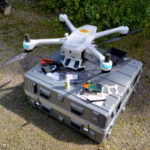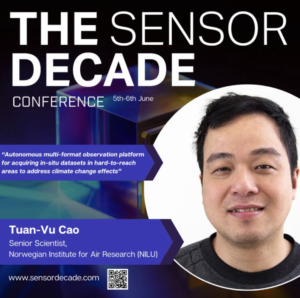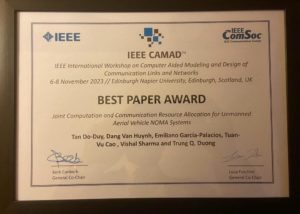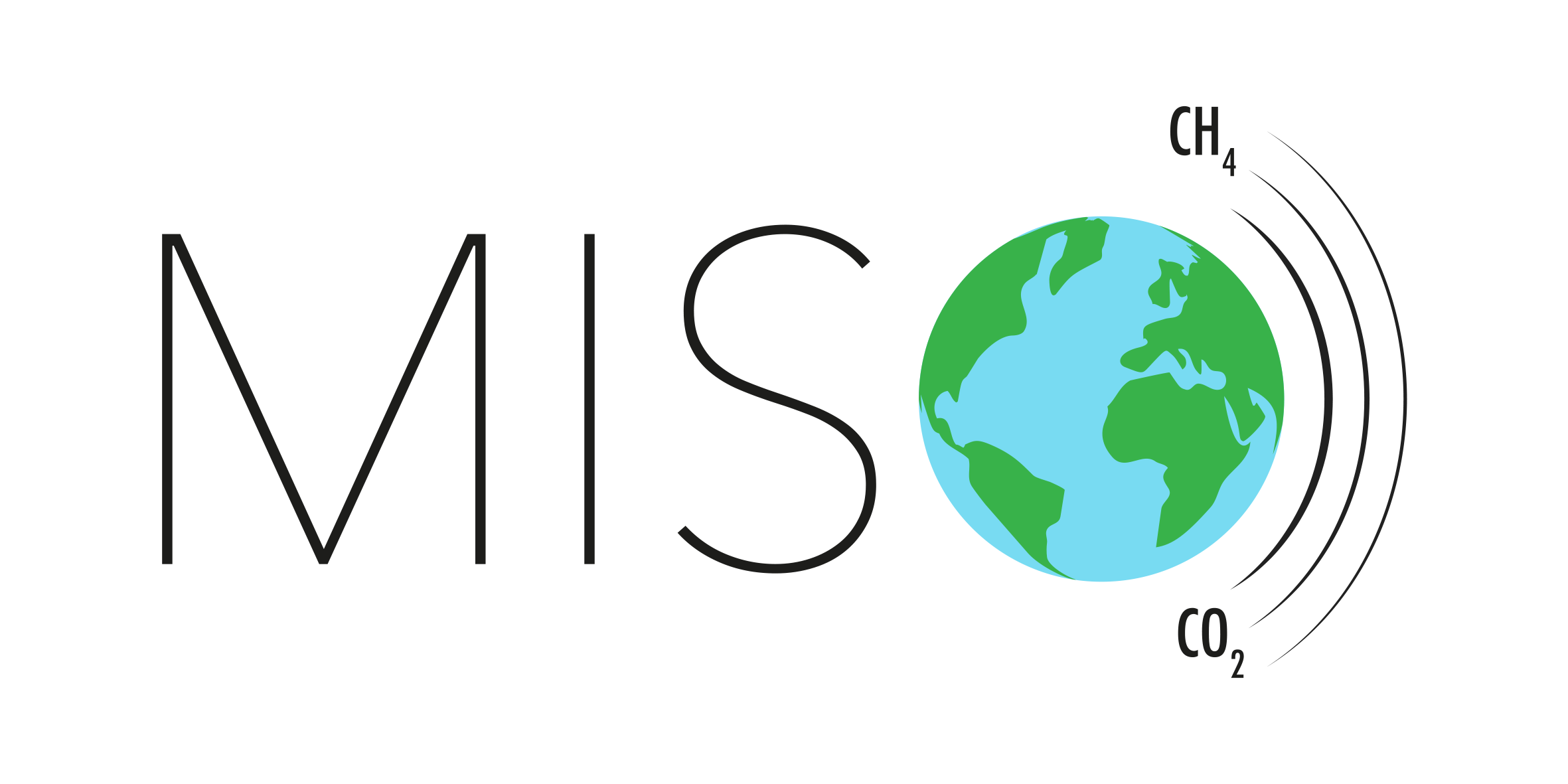This is MISO

The Project
MISO have developed and demonstrated an autonomous in-situ observation platform for use in hard-to-reach areas (Arctic, wetlands), for detecting and quantifying carbon dioxide and methane gasses, using a combination of stationary and mobile (drone) solutions and requiring minimum on-site intervention when deployed.
To achieve this objective, MISO improves detection limit and accuracy of a NDIR GHG sensor, which then is used in three observing platforms (a static tower, a static chamber and a UAV-mounted sensor) operated with the help of a central base unit. All elements are designed for operation in harsh environments and with minimum human intervention. The static observatories are powered by a unique geothermal device.
Communication between the three observatories and a data cloud uses a combination of P2P, G4/G5/LTE, LORAWAN and wifi technologies. The specifications of the platform is co-developed with stakeholders from academia, monitoring and measurement systems, industry and policy.
NEWS

MISO Project Introduced at Sensor Decade Conference
Tuan-Vu Cao, the coordinator of the MISO project, presented the MISO concept at the Sensor Decade conference. His presentation highlighted the innovative approaches that the

MISO Paper Awarded
MISO’s work related paper (Joint Computation and Communication Resource Allocation for Unmanned Aerial Vehicle NOMA Systems) has been awarded the best paper award at #IEEE CAMAD 2023 -IEEE International

The MISO Project is Established
The project will last from January 2023 to June 2026.

MISO Kick-off in Norway
February 9th, MISO had a kick-off in NILU’s offices in the Oslo area.
Contact Info
Dr. Tuan-Vu Cao, project coordinator.
The Climate and Environmental Research Institute NILU.

This project has received funding from the European Union’s Horizon Europe research and innovation programme under Grant Agreement No. 101086541.








